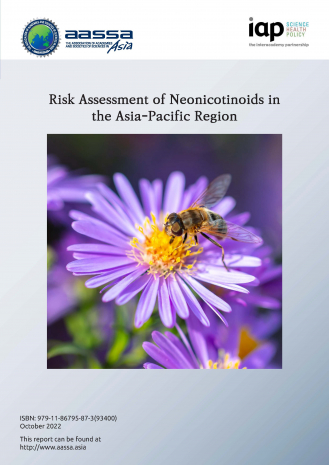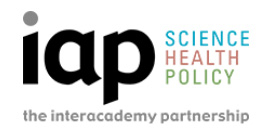Neonicotinoids, a group of synthetic insecticides, were designed to control several insect pests, particularly plant-piercing and -sucking species such as aphids, leafhoppers, planthoppers, and whiteflies (hemipterans) and thrips (thysanopterans). Neonicotinoids are also effective in managing some lepidopteran, dipteran, and coleopteran insect pests. The first neonicotinoid, imidacloprid, came onto the market in 1991; thereafter, up to 2002, seven further neonicotinoids (imidacloprid, nitenpyram, acetamiprid, thiamethoxam, thiacloprid, clothianidin, and dinotefuran) were marketed. Another two neonicotinoids, cycloxaprid, and paichongding, have since been developed.
Neonicotinoids are applied in agriculture in three different ways: by foliar application, seed treatment, and soil treatment. However, the use of this class of insecticide is of particular concern because of its potentially non-target effects, primarily on insect pollinators and natural enemies. Initially, information came out on the basis of observations of huge bee-colony losses in 2006 in the USA, which drew the attention of honeybee researchers. Since the first approval and marketing of neonicotinoids, three decades have passed. During this period, many investigations have shown evidence of the toxic effects of neonicotinoids not only on bees but also on many different terrestrial and aquatic animals. Another concern is the long-term persistence of neonicotinoids in the environment.
This report provides a comprehensive risk assessment of neonicotinoid insecticides in the Asia-Pacific region. It has been divided into six chapters.


